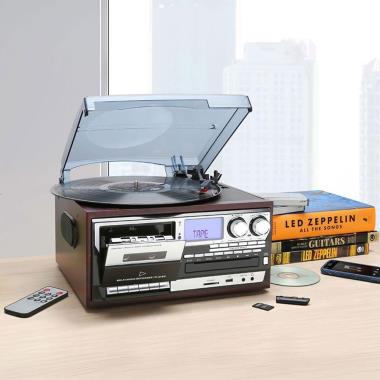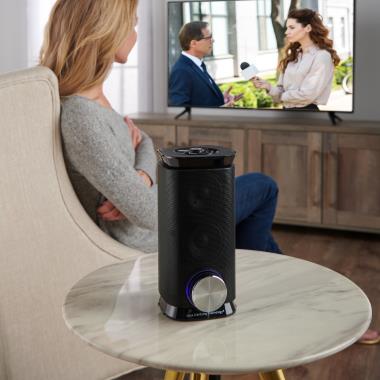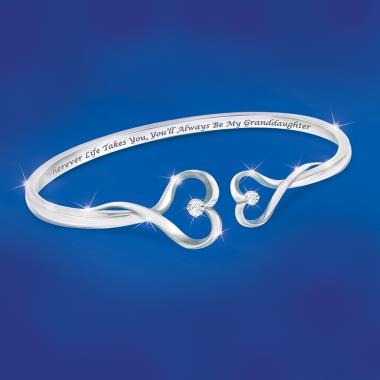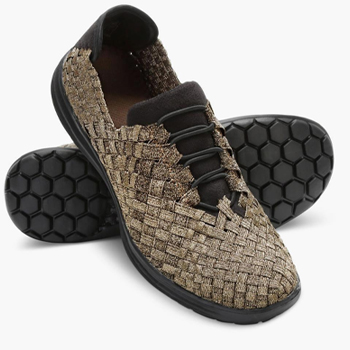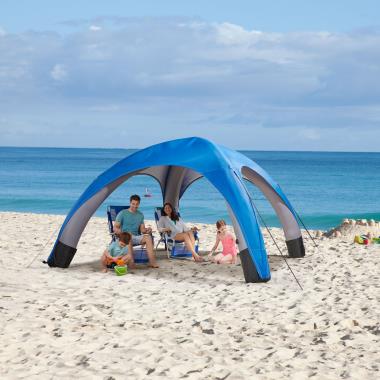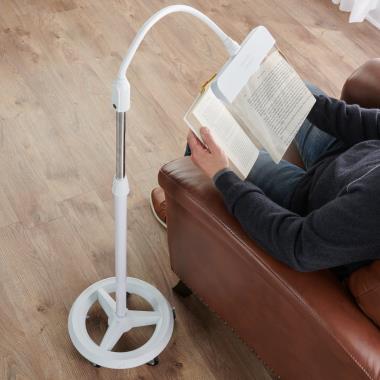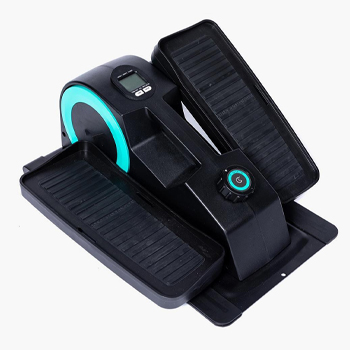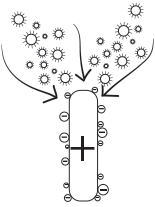April 1, 2020
Understanding Airborne Viruses and Germs
Though debated1, the scientific community generally agrees that a virus is a non-living structure that requires living cells of another organism to replicate. So, a virus is considered "active" or "inactive" versus "alive" or "dead." Therefore, a viruses' structure has to be rendered inactive to prevent it from infecting a host. Modern indoor air purifiers provide three ways to render an airborne virus' structure inactive and thus, destroy its ability to replicate. Those ways are: heat, ultraviolet light, and ionization.
Heat
Airborne germs are drawn into a purifier and destroyed with up to 400°F heat.2
Ultraviolet Light
Airborne germs are drawn into a purifier and destroyed with a UV-C bulb.3
Ionization
Airborne germs are converted to negatively charged ions and bonded to a positively charged collection chamber.4
In addition to viruses, any of the three technologies can effectively destroy mold and bacteria. Larger airborne particles, such as allergens and dust, are best trapped by a high-quality HEPA filter. We offer an expertly selected assortment of air purifiers that render viruses inactive, destroy mold and bacteria, and trap allergens and dust with HEPA filters.
1https://www.ncbi.nlm.nih.gov/pmc/articles/PMC5406846
Our Rather Famous Lifetime Guarantee
The products we offer are as unique as our name and our merchandise is backed by our Lifetime Guarantee of Satisfaction.
Learn MoreThe Story Behind a Retail Legend
In the beginning there was hardware. Over the decades much has changed at Hammacher Schlemmer. But our original philosophy has remained constant...and still guides us more than 175 years later.
Read Our StoryThe affiliated, independent Hammacher Schlemmer Institute was created in 1983 to rigorously research, test and rate products to make the Best products available to our customers.
Learn MoreSave $10 on Your Next Order & be the first to know about our unique new products
*Offer valid on orders over $99
Save $15 on Your Next Order & more exclusive offers when you sign up for text alerts
By signing up via text, you agree to receive recurring automated promotional and personalized marketing text messages (e.g. cart reminders) from Hammacher Schlemmer at the cell number used when signing up. Consent is not a condition of any purchase. Reply HELP for help and STOP to cancel. Msg frequency varies. Msg & data rates may apply. View Terms & Privacy.
*Offer valid on orders over $99
